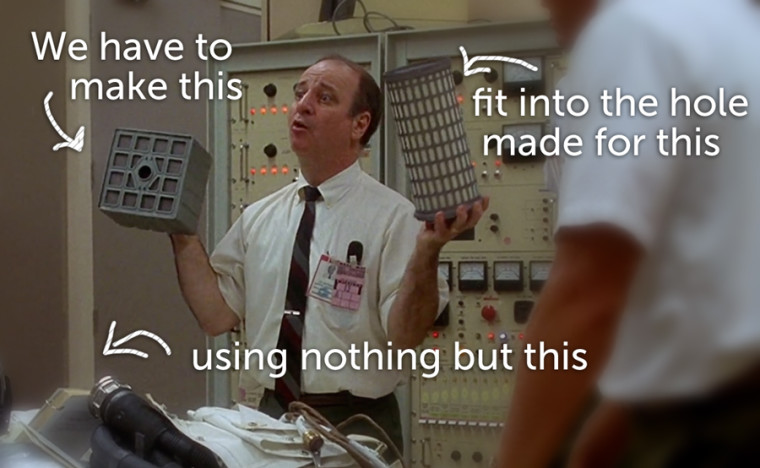The explosion of the internet has paralleled an expansion of web presence by colleges and universities. We cannot image a higher education institution without a web page any more than we can one without a library, classroom, or administration building. Higher education pours resources into web efforts for the newest technologies and creates entire administrative units whose primary responsibility is the institution’s web efforts. Yet, with all of these efforts, what are institutions conveying to internal and external audiences? In today’s post, I will discuss the power of the web in higher education and how we can do better.

Photo credit: Daniel Morrison
Surely, web pages serve a utilitarian function providing users with necessary information about the campus.
The current environment of higher education demands that colleges and universities value and employ marketing strategies including the business concept of branding.
Within this competitive context, today’s institutional web page serves a tremendously critical role as a marketing tool.
Along with the growth of the internet, technology savvy students place the web site as the institution’s proverbial front porch.
Yet, what are higher education saying about themselves.
A thoughtful study on the subject by Kem Saichaie and Christopher Morphew suggests that universities are emphasizing the private purposes of education rather than the traditional public mission of higher education.
They found that websites largely described diverse institutions in pretty similar ways.
This is consistent with my own work that has looked at how institutions sell themselves in advertisements during bowl games.
We know that marketing and branding in higher education is critical to attracting students to our colleges and universities.
However, I would argue that higher education has largely not engaged in this work well and one need to look no further than at institutional web pages.
The digital front porch is tremendously important, but we commit the same marketing errors in our web pages. We don’t think systematically and smartly about the messages communicated with our web presence.
Moreover, to the extent that such thought is given at the institutional level or maybe the admissions office, pull up a few of the web pages for academic departments on your campus.
Particularly for graduate students, this is often the entry point to considering a university and the web pages are almost uniformly terrible.
So what can we do?
I would suggest that starting with department web pages may be a good place to begin. A template can be useful, but an overly simple one can be severely limiting.
Have a discussion about what you want to convey to prospective students. I also suggest focusing your web page on prospective students and external audiences.
Many departments (and even institutions) use their web page as an online catalogue and policy manual. Those may be important resources to have online, but this shouldn’t drive your web decisions.
At the end of the day, the best way to leverage the power of the web in higher education is to be intentional.
Who are you communicating with and what are you wanting to share?
The web is too important to not be a significant focus of your marketing and communications efforts.
Curb appeal matters in real estate and in higher education.
Get your front porch in order!






